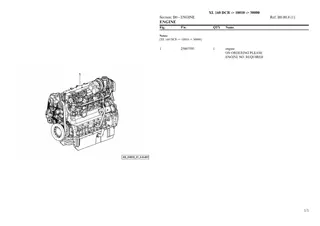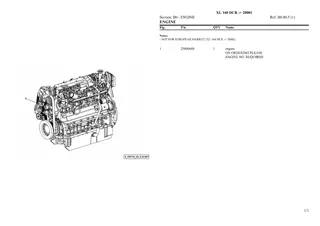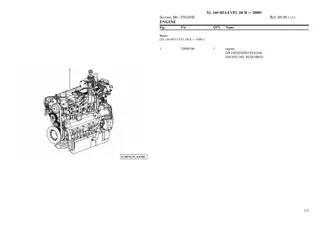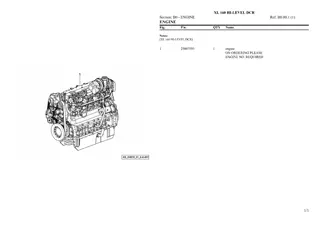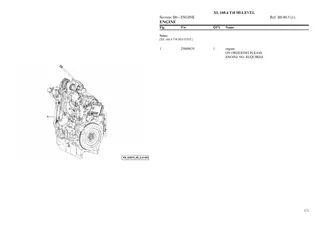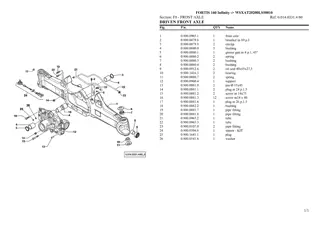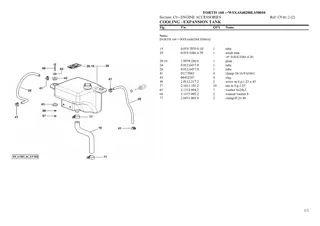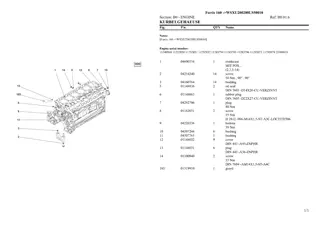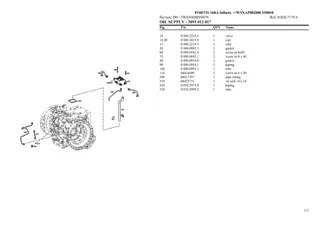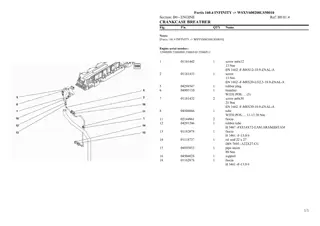
Understanding Economies of Scale in Production
Explore the concept of economies of scale in production, which lead to lower costs and increased efficiency. Learn about internal and external economies, examples, and classifications. Discover how factors like technology, marketing, and labor play a role in achieving economies of scale.
Download Presentation

Please find below an Image/Link to download the presentation.
The content on the website is provided AS IS for your information and personal use only. It may not be sold, licensed, or shared on other websites without obtaining consent from the author. If you encounter any issues during the download, it is possible that the publisher has removed the file from their server.
You are allowed to download the files provided on this website for personal or commercial use, subject to the condition that they are used lawfully. All files are the property of their respective owners.
The content on the website is provided AS IS for your information and personal use only. It may not be sold, licensed, or shared on other websites without obtaining consent from the author.
E N D
Presentation Transcript
PRODUCTION Mrs. M. Maria Jessica PG & Research Department of commerce Bon Secours college for women, Thanjavur
CONTENTS MEANING DEFINITION CLASSIFICATION OF LARGE SCALE ECONOMIES TYPES OF DISADVANTAGES OR DISECONOMIES
Economies of Scale MEANING: Economies Lower Costs. Economies of scale would mean lowering of costs of production by way of producing in bulk. DEFINITION: According to the prof. Stigler defines economies of scale as synonymous with returns to scale. As the scale of production is increased, up to a certain point, one gets economies of scale.
EXAMPLE FOR ECONOMIES OF SCALE A cost of manufacturer: - Rs. 100 for one unit - Rs. 180 for two units - Rs. 240 for three units and so on. Such that the average cost per unit decreases as the production volume increases.
Economies of large scale production classified by Marshall into two categories : Internal Economies External Economies Technical Managerial Marketing Financial Risk Bearing Labour Transport and Storage Economies of concentration / localisation. Economies of information Economies of Disintegration
INTERNAL ECONOMIES Cairncross Internal economies are those which are open to a single factory, or a single firm independently of the action of other firms. These results from an increase in the scale of output of a firm and cannot be achieved unless output increases .
The internal economies arise because of the actions of an individual firm to economise its cost. They can be discussed as under: I) Technical Economies These involves use of bigger and better types of machines to improve the technique of production. It thereby reduces the cost and enjoy the use of superior techniques. This is further subdivided into: a) Economies of superior techniques b) Economies of increased dimensions c) Economies of linked processes
Contd II) Managerial Economies This arises for various reasons, the most important being: a) Specialization of management b) Mechanization of managerial function III) Marketing or Commercial Economies Refers to such reduction in the cost of production in the cost of production which is secured by the purchase of inputs at the lowest price and the sale of final goods at the highest possible price. a) Economies of purchase b) Economies of sale
Contd.. iv) Financial Economies It refers to advantages secured by a firm in matters of finance. v) Risk bearing Economies - This may be secured in matters of risk as large firms are in a position to bear risk. a) Output b) Market c) Sources of supply d) Process of manufacture vi) Labour Economies As the scale of production is expanded, there arises many labour economies, like new inventions, specialization, time saving production, etc. vii) Economies of Transport and storage - A firm producing on large scale enjoys these economies.
External Economies It refers to all those benefits which occur to all the firms operating in a given industry. Generally, this occurs due to the expansion of industry and other facilities expanded by the government. According to Prof. Cairncross has defined as those benefits which are shared in by a number of firms or industries when the scale of production in any industry increases . External economies are external to the firm.
Contd I) Economies of concentration / localisation - labour - Financial - Transport and storage - Marketing II) Economies of information - when a firm is located in an isolated area, it is difficult for it to know the market conditions.
Contd III) Economies of Disintegration / by products - Localisation or concentration of industry gives rise to economies of disintegration. - One single firm does not produce enough wastage or by products to enables some specialized firm to make use of them.
TYPES DISECONOMIES/ DISADVANTAGES OF SCALE Internal Diseconomies External Diseconomies Technical Financial Risk bearing Managerial Production Marketing Pollution Strains of infrastructure High Factor Prices
INTERNAL DISECONOMIES Meaning: production of a particular firm when its output increases beyond the certain limit. They are internal to the firm. Definition: Internal diseconomies which enable the firm to produce less efficiently at large levels of output . It implies to all those factors which raise the cost of
External Diseconomies External diseconomies are not suffered by a single firm but by the firms operating in a given industry. It arises to a firm in the form of rise in unit costs because of expansion of an industry. They are external costs that spill over into the cost of other firms. These diseconomies arise due to much concentration, and location of industries beyond a certain stage. These leads to increased demand for transport, competition increases, and prices of raw material and other factors of production increase.
Significance of Economies of Scale The foremost significance of economies of scale is that it plays an important role in determining the nature of the industry i.e., increasing cost industry, constant cost industry or decreasing cost industry. Helps in the analysis of cost of production.







